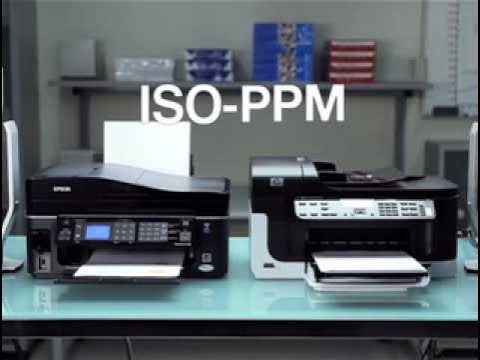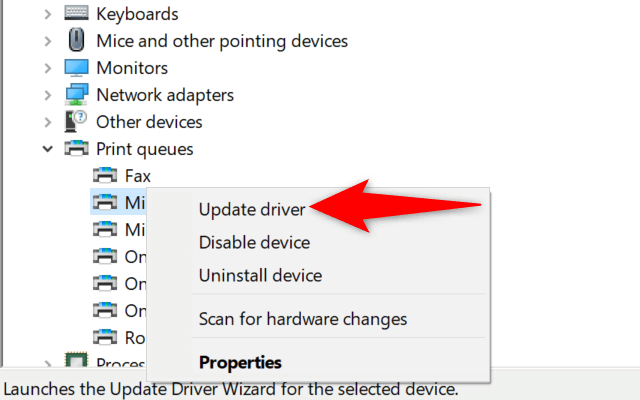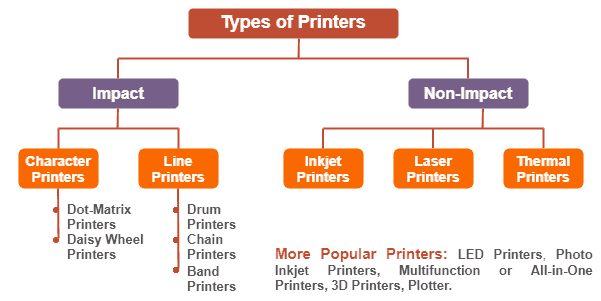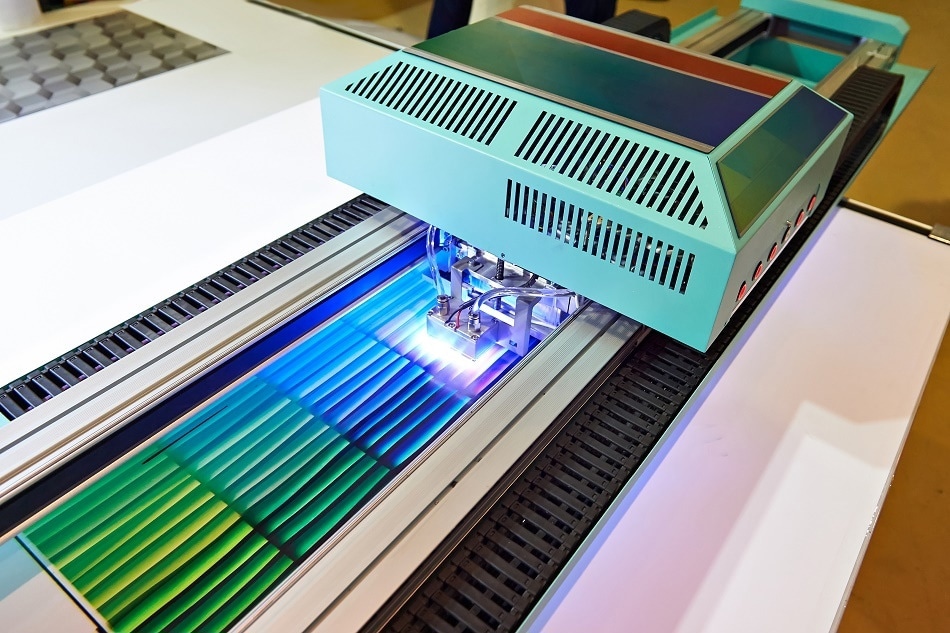Unraveling Laser Printers: A Comprehensive Understanding
Introduction
In our rapidly evolving world, printers play a critical role, from personal to professional spheres. The printer market boasts a comprehensive selection with a range of functionalities to cater to diverse needs. Of all types, laser printers frequently top the preference list owing to their efficiency and quality. This article provides an in-depth understanding of laser printers, delving into their operation, benefits, and considerations when purchasing one.
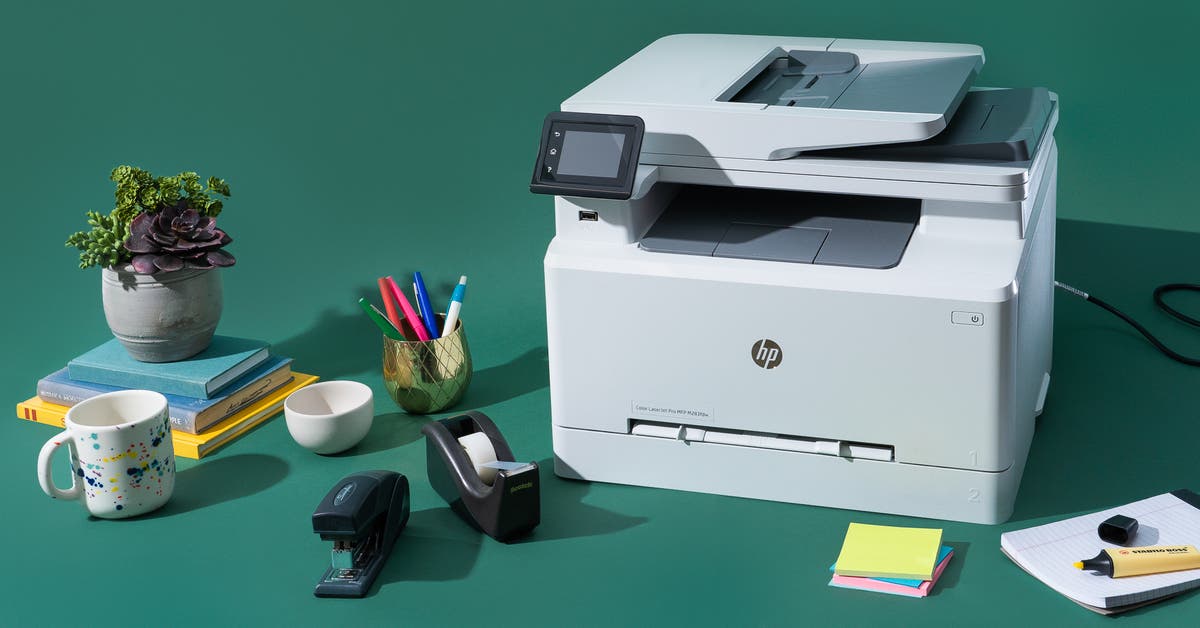
What is a Laser Printer?
The Variety in Laser Printers
Laser printers stand out in the world of printers for their unique functionality. So, what exactly is a laser printer? In essence, it is a highly efficient printer that uses laser technology to generate high-grade text and graphic prints. The process involves directing a laser beam repeatedly over an electricity-charged cylinder (also known as the drum) to create a specific image. As the laser traces the image, it attracts powdered ink (toner) from its reserve, which is then transmitted onto the paper. The toner is permanently fixed onto the paper using heat and pressure. As a result, laser printers are renowned for delivering prints with exceptional precision, resulting in crisp and clear images.
But are all laser printers the same? Absolutely not! There are two main categories:
1. Monochrome Laser Printers: Ideal for generating standard text documents, these printers are mostly used in professional settings where black and white printing is predominant.
2. Color Laser Printers: Perfect for creating presentations, photos, and graphics-intensive documents, these printers appeal to users needing top-notch, colorful prints.
In conclusion, laser printers, with their wide variety and efficient operation, have become a favored choice among users, fulfilling various printing requirements in homes, offices, and larger organizations.
Peering Inside a Laser Printer: How Does It Operate?
Laser Printers vs Inkjet Printers: A Comparison
Understanding the inner workings of a laser printer can be quite a fascinating process. It operates through a sequence of well-orchestrated steps that work together to bring out sharp, clear printouts.
Here’s a simplified step-by-step breakdown of how a laser printer works:
1. A laser beam caters to the task of sketching the print image onto a photosensitive, cylindrical drum.
2. This laser beam sweeps across the drum’s surface, imbibing it with static electricity, where areas hit by the beam attract a positive charge, whereas unexposed areas maintain a negative charge.
3. The toner particles are coated with a negative charge, resulting in them sticking to positively charged areas.
4. The last sprint of this relay involves the paper rolling through the printer, picking up the toner from the positive areas of the drum and getting heated to fuse the toner permanently onto it.
This synergized process culminates with high-quality prints and exceptional speed.
Now that we have an understanding of the operations behind a laser printer, let's delve into how they stack up when compared to inkjet printers.
- Speed: When it comes to speedy prints, laser printers are the winners, printing faster than most inkjet printers.
- Print Quality: The quality of prints from a laser printer is superior with crisp text and vibrant graphics. However, when it comes to printing photos, some high-end inkjet printers may deliver better results.
- Cost-effectiveness: Laser printers shine when thinking of long-term costs due to a lower cost per page. Although, it's worth mentioning that the initial costs of laser printers are often higher than their inkjet counterparts.
In conclusion, each printer type comes with its unique sets of strengths—laser printers with speed and precision, and inkjet printers with their unique abilities for photo prints. It ultimately boils down to individual needs and requirements while choosing between the two.
Why Opt for Laser Printers: Unveiling the Benefits
Laser printers offer an array of advantages that make them a desirable choice for many. These benefits include:
- High-Quality Output: Laser printers are renowned for their ability to render exceptionally sharp text and high-resolution images, catering perfectly to professional and precise printing demands.
- Speed: Compared to other types of printers, laser printers are significantly faster, making them ideal for environments that require high-volume printing.
- Cost-Effectiveness: While the initial cost can be high, the cost per page of a laser printer is notably lower in the long run. This is because of the longevity and efficiency of toner cartridges.
- Durability: Laser printers are built to last and generally require less maintenance compared to other printers.
Understanding the Constraints: Are Laser Printers Flawless?
Despite their impressive benefits, laser printers are not without limitations. Here are some to consider:
- Initial Expenses: Laser printers demand a substantial initial investment. While the cost evens out over time, this may be a deterrent for some.
- Size: Generally, laser printers are larger and heavier than their inkjet counterparts. This can potentially pose a challenge in space-constrained areas.
- Photo Printing: While laser printers excel in text and graphic printing, they may not be the prime choice for high-quality photo prints. The color quality and nuances captured by some high-end inkjet printers are hard to rival.
Understanding these advantages and limitations can aid informed decision-making, ensuring you select the right printer for your needs.
Making the Choice: Considerations When Purchasing a Laser Printer
Whenever we plan to buy an electronic device, a specific set of considerations guides us to make the most suited purchase. Buying a laser printer is no different. Here are some key factors to examine to identify the right laser printer for your needs:
1. Printing Volume: Assess your regular printing volume. If you need to print large quantities, a laser printer's cost-effectiveness in the long run is ideal.
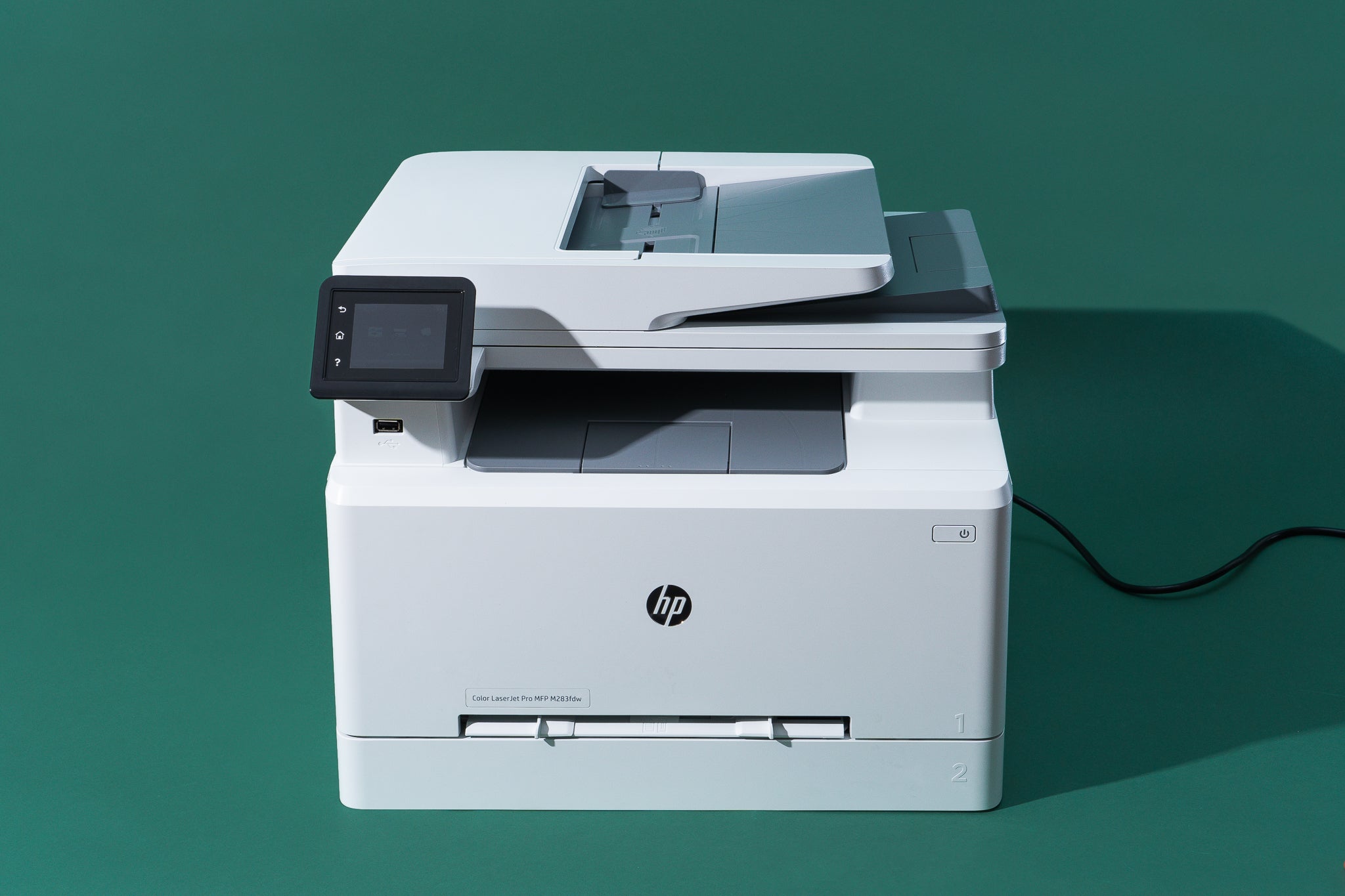
2. Color or Monochrome: If your printing needs involve mostly text, a monochrome laser printer will serve you well. Conversely, if you frequently print images or documents with colored graphics, opt for a color laser printer.
3. Price: Despite the initial expense, laser printers are typically more cost-effective in the long run due to their low cost per page.
4. Print Quality: Laser printers excel at producing sharp texts and clear images, making them suitable for professional documents, presentations, and other high-quality printing needs.
5. Speed: Laser printers are generally faster than inkjet printers. If large-volume printing in a short period is a frequent need, a laser printer’s speed will be beneficial.
The Leaders: Recognized Laser Printer Brands in the Marketplace
After acknowledging the primary considerations, it's advantageous to know about the key players in the laser printer market. Some of the leading laser printer brands that consistently receive high consumer ratings include:
- HP (Hewlett-Packard): Known for their reliable and high-quality printers.
- Brother: Offers a variety of monochrome and color laser printers.
- Canon: Renowned for their range of laser printers designed for both personal and professional use.
- Samsung: Popular for their compact and stylish laser printer models.
- Dell: Provides durable, high-speed laser printers designed for heavy use.
Armed with this information, making a well-informed decision about the right laser printer becomes a simpler, more streamlined process.
Conclusion
Laser printers offer numerous benefits owing to their precise and efficient technology. They deliver high-quality prints with sharp text and clear graphics. They also excel in speed, producing prints faster than most other printer types. Additionally, laser printers boast higher durability and a lower cost per page, making them an economical choice for high-volume printing.
Related FAQs about what is a laser printers
How Can I Maintain My Laser Printer for Longevity?
Maintaining a laser printer involves regular cleaning of internal components, using high-quality paper to prevent paper jams, and storing your printer in a dust-free environment. Ensure timely replacement of toner cartridges and avoid overloading the printer to prevent damage to its parts.
What Are Some Common Misconceptions About Laser Printers?
Some common misconceptions are that laser printers are expensive, too big for home use, and only suitable for businesses. While laser printers can be costlier initially, they save money in the long run. They come in various sizes, suitable for both businesses and homes.
Why Do Businesses Often Prefer Laser Printers Over Other Types?
Businesses often prefer laser printers due to their fast printing speeds, excellent print quality, and cost-effectiveness for high-volume printing. They are also known for their durability and require fewer cartridge changes compared to other types of printers.


